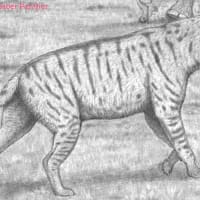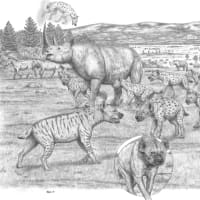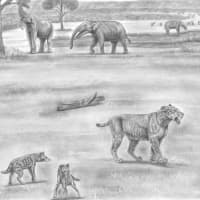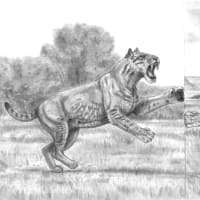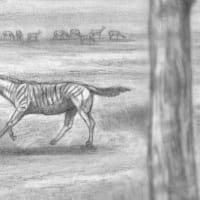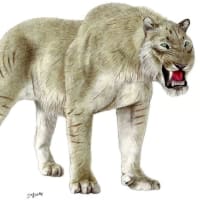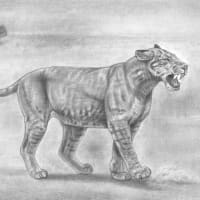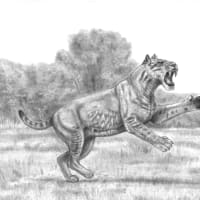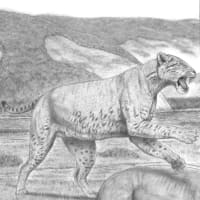Newly found hyaenodon phenom, but how did it compare to other hyaenodonts?
by the Saber Panther
As some of you may have already known, Simbakubwa kutokaafrika, a newly discovered giant hyainailourine(hyaenodont) from the lower Miocene site of Kenya, is considered one of the largest terrestrial canivores in the entire Cenozoic, being estimated to have weighed about 1.5 tons(Borths et al.,2019)!
However, this body mass figure is produced by using m3 length in the felidae regression equation(cats have similar carnassial morphology to Hyainailourines) and so perhaps not taking into account the fact that most hyainailourines possessed proportionally much larger cranial and teeth(relative to the body) than in true carnivorans.
By applying the same regression formula, Borths et al.(2019) got the body mass figure 3002 kg(3 tons !) for Megistotherium osteothlastes, so M. osteothlastes is still considered to have been the largest of the entire order creodonta. Apparently anomaly body mass figure obtained for M. osteothlastes probably speaks volumes as to validity of the equation when it's applied to estimating the size of giant hyaenodonts.
The same authors regarded Simbakubwa kutokaafrika as being comparable in size to the two largest Hyainailouros species, H. bugtiensis and H. sulzeri. The latter species is famously compared with contemporaneous bear-dog Amphicyon giganteus in the book 'Evolving Eden', being shown to be nearly the same size as the beardog, despite having a considerably larger cranial(Turner et.al, 2004).
In fact, I believe S. kutokaafrika's postcranial reconstruction was made based on the well preserved skeleton of Hyainailouros sulzeri from Chevilly, France because their morphologies are considered to have been quite similar to each other.
If that's the case, do you think that S. kutokaafrika too, may turn out to have been similar to the largest beardog in body mass(which might perhaps be around 500-600 kg)?
At any rate, the new hyainailourine was undoubtedly gargantuan, larger than any living terrestrial carnivores and moreover, its dentition shows slightly lesser adaptation for processing bone than in later Miocene hyainailourines, indicating therefore that the beast was probably more predacious(Borths et al.,2019). Talk about giant snappers!
The fact that massive hyaenodonts(Megistotherium, Hyainailouros, Hyaenodon and Simbakubwa etc.) were found across multiple continents throughout a significant portion of the Miocene epoch(spanning at least 15 million years) is definitive evidence that the Miocene habitats and their faunal abundance could support such gigantic hyper-carnivores.
Miocene, the glorious!










